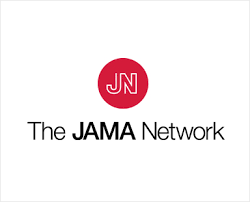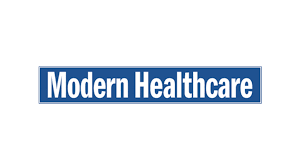Study: Machine learning quadruples delirium detection in hospitalized older adults

Editor's Note A machine learning (ML) model that integrates clinical data with natural language processing significantly improved detection and management of hospital delirium in older adults. Results were published May 7 in JAMA Network Open. Conducted at Mount Sinai Hospital, the quality improvement study evaluated the association of an ML-based…
Ice machines spread Legionella in hospital oncology unit, prompting testing overhaul

Editor's Note Legionalla contaminated a hospital ice machine and likely infected an oncology patient through aspirated ice chips, according to an April 30 report in Healio. Presented in a study at The Society for Healthcare Epidemiology of America (SHEA), the incident prompted immediate changes to water testing protocols at AdventHealth,…
Surveyed nurses report widespread burnout, urge system-wide reform

Editor's Note Nurses continue to face high stress, burnout, and understaffing, according to the State of Nursing in 2025 report by Cross Country Healthcare and FAU’s Christine E. Lynn College of Nursing. As detailed in an April 29 summary from Florida Atlantic University, the report is based on responses from…
Commentary: Systemic trauma, not burnout, drives healthcare’s workforce crisis

Editor's Note Healthcare’s workforce crisis stems from systemic trauma—not individual burnout. That’s the central argument of a commentary published April 30 in MedPage Today, in which Taylor Nichols, MD, a board-certified physician in emergency medicine and addiction medicine, calls for a sweeping shift in how healthcare-associated stress is understood and…
Federal grant cuts threaten hospital disaster readiness

Editor's Note Eliminating the Federal Emergency Management Agency’s (FEMA’s) key disaster preparedness grants could weaken hospital infrastructure and jeopardize care during future crises, according to a May 5 report in Modern Healthcare. As detailed in the article, the Trump administration has cut $3.3 billion in annual funding by ending the…
Study: Knowledge gaps hinder perioperative hypothermia prevention

Editor's Note Surgical staff support for OR temperature management is not always paired with the knowledge required to properly prevent perioperative hypothermia, according to an April 30 study in Nature: Scientific Reports. This multicenter, cross-sectional study surveyed 213 operating room professionals—surgeons, anesthesiologists, and nurses—across eight hospitals in northern China. The…
Scientists question NIH's $500M bet on old vaccine technology

Editor's Note The NIH’s $500 million investment in developing whole killed virus vaccines has drawn criticism from vaccine experts who argue the platform is outdated and lacks transparency, according to a May 3 report in STAT. As detailed in the article, scientists expressed concern that the project—led by NIH insiders…
Study: Inadequate RN staffing raises patient mortality, costs

Editor's Note Short-staffed hospital wards face higher patient mortality, readmissions, and lengthier stays—especially when they rely on temporary staff instead of permanent registered nurses, according to research published in BMJ Quality & Safety. As detailed in a summary from Medscape News UK, the large-scale, longitudinal observational study was led by…
Dissolution of CDC infection control panel raises concern over stagnant guidelines

Editor's Note The Trump administration has dismantled the federal committee responsible for shaping national infection prevention standards in hospitals, sparking concern among healthcare experts over future preparedness, NBC News reported May 6. According to the article, the Centers for Disease Control and Prevention (CDC) informed members of the Healthcare Infection…
Mistaking growth for burnout holds good leaders back

Every day, I come across postings in the media suggesting that nurses are struggling with burnout. These accusations are tone deaf and misleading. In addition to my private coaching practice, I am the professional internal coach for a trauma center in the Greater New York area and several professional nursing…

 Free Daily News
Free Daily News